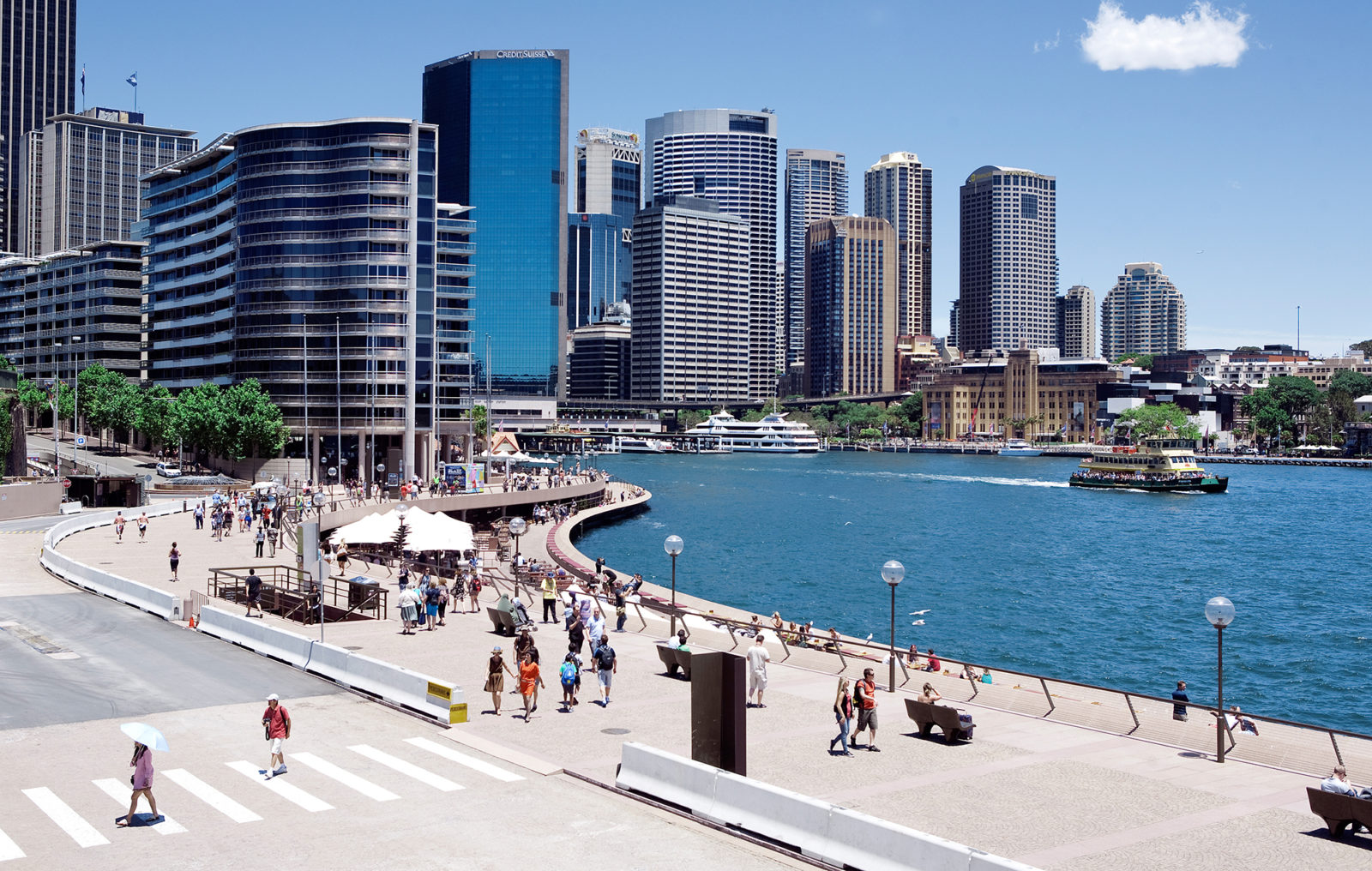Spreading the impact of water wise thinking
A revolutionary leap forward has occurred in water management over the past five years. More to the point, it’s transforming policy and practice across the world. No longer is water management simply the domain of engineers and water planners: for our cities to be sustainable and liveable into the future, leaders and professionals from many fields must participate; moreover, entire communities must become water wise.

This shift was evident as the International Water Association (IWA) launched its Principles for Water-Wise Cities at the IWA World Water Congress and Exhibition in Brisbane in late 2016. The 17 principles provide a framework of understanding to help people within cities and across the world to share knowledge. The idea is that, as we face an uncertain future and increasingly need to do more with less, urban stakeholders – in myriad disciplines – must develop a shared vision beyond universal access to safe drinking water and sanitation: they must work together toward liveable, resilient cities with sustainable urban water.
The principles, which emphasise integrated water management, water sensitive urban design, and water wise communities, are the culmination of four years’ work by the IWA’s Cities of the Future program (one of three IWA programs). Program Chair, Professor Rob Skinner, who is also Deputy Chair of the CRC for Water Sensitive Cities (CRCWSC), says that five years ago the idea of discussing a full range of city planning principles, which included water wise communities, was not on the agenda. But, by inviting “non-water people” – such as social planners and economists – to join the engineers and water planners at conferences, Cities of the Future broadened the range of people grappling with a central question: What will cities of the future need? The message, from more than 1500 urban stakeholders over four years, was that we must address issues like resilience and liveability in broad city planning.
It’s no coincidence that the IWA Principles for Water-Wise Cities are highly aligned with CRCWSC’s concept of water sensitive cities; indeed, there has been considerable interaction at both an academic and a practical level between key players in the two organisations. Nevertheless, Rob is excited that the IWA – a leading international water association – has come up with a set of principles that matches the methodologies of the CRCWSC: a leading international academic centre.
While some terminology in the 17 principles differs from that used by the CRCWSC, there is also remarkable commonality; for example, in their use of the Australian term “water sensitive urban design”. The principles are grouped under four levels of action, which parallel the CRCWSC’s three pillars of practice:
- Regenerative Water Services (corresponds with “cities as water supply catchments”).
- Water Sensitive Urban Design (corresponds with “cities providing ecosystem services”).
- Basin Connected Cities (corresponds with “cities as water supply catchments”).
- Water Wise Communities (corresponds with “cities comprising water sensitive communities”).
All of which raises the question: why do we need both water wise principles and water sensitive cities? The IWA’s principles are like an “everyman’s version”, explains Rob. They are the outcome of four years’ consultation with a wide range of urban stakeholders, many of whom are in the business of on-the-ground water management.

Rob sees the continued rich collaboration between the CRCWSC, the IWA, and others as vital in the journey to more sustainable, liveable cities. A case in point is the partnership with the Victorian State Government. Over recent years water policy in Victoria has adopted much of the new water management thinking. Where the state’s 2007 water strategy focused primarily on safe and secure water supplies and wastewater systems, the 2016 Water for Victoria Water Plan is very much aligned with the CRCWSC’s approach. In addition to water supplies and wastewater systems, it addresses stormwater management, healthy urban landscapes, and community values. Moreover, Chapter 5 of the 2016 plan specifically focuses on resilient and liveable cities and towns. Having invested in the CRCWSC, the government – and the state – is reaping the benefits with a strategy informed by cutting-edge research and high-level interaction between researchers, Victorian water authorities, and stakeholders.
Meanwhile, the CRCWSC has also been working closely with the Chinese “sponge city” of Kunshan, having signed a Memorandum of Understanding with the Kunshan City-construction Investment and Development Company and the Planning Bureau of the City of Kunshan in January 2014. A sponge city – so called because it absorbs and keeps water – is the Chinese terminology for a city as water supply catchment: the basis of a water sensitive city. Thanks to Chinese government commitment, and under the CRCWSC’s guidance, Kunshan has become an award-winning incubator of urban water innovation, with more than 30 projects already completed, and over 300 more identified. The CRCWSC will continue to work closely with the City and, in February 2017, led a trade mission to Kunshan – introducing Australian industry expertise to help implement the sponge city program.
A lot has changed in the past five years. But perhaps this is just the beginning of a global water wise community.
Nicola Dunnicliff-Wells for the Mind Your Way team.